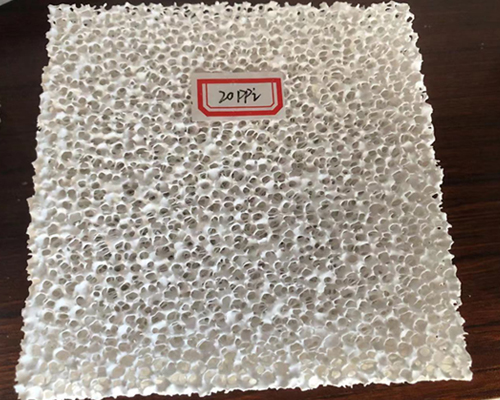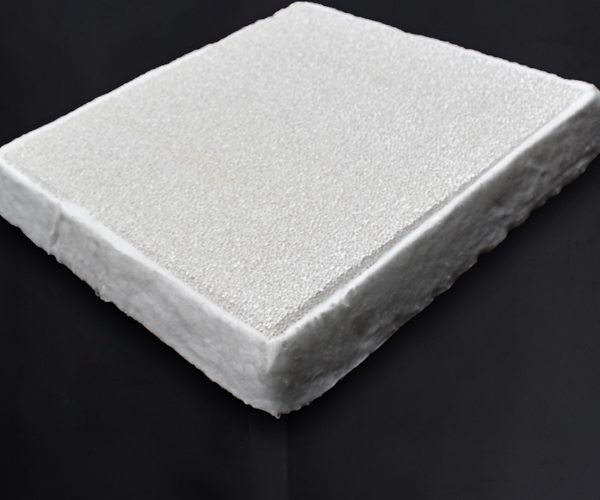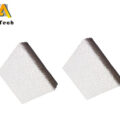Alumina ceramic foam filters are particularly suitable for aluminum filtration. Filtered aluminum will produce higher quality castings, less scrap and fewer inclusion defects, which all help aluminum foundries increase their profits.
In order to manufacture aluminum products with acceptable characteristics, such as beverage cans and aircraft fuselage parts, the aluminum must be largely free of inclusions and defects. When aluminum melts at the beginning of the casting process, it becomes full of oxides, borides, salts, and other foreign components, which will eventually appear as harmful inclusions in the final product. It is best to remove these inclusions before the aluminum solidifies. This molten aluminum filtration is usually achieved by alumina ceramic foam filters.
Alumina ceramic foam filter has excellent resistance to molten aluminum erosion and corrosion, can effectively remove inclusions, reduce trapped gas and provide laminar flow, so that the filtered metal is cleaner.
The commonly used technique for manufacturing ceramic foam filters is called “sponge replication”. In this process, polyurethane foam is coated with ceramic slurry, then dried to form a green filter, and then fired. During the firing process, the internal polyurethane foam evaporates, and the remaining ceramics combine to form a continuous ceramic pillar network, thus forming an exoskeleton-like foam structure, actively replicating the original polyurethane foam.

The ceramic foam material has an open-cell structure in which connected voids surrounded by a ceramic material mesh are distributed. This structure is commonly used for molten metal filtration and is called ceramic foam in the industry.
The ceramic foam material is made by impregnating an aqueous slurry onto a pillar of a flexible open-cell polymer foam precursor. The material is then dried and fired to form the final ceramic foam product.
The foam precursor may be any type of material that has sufficient elasticity to restore its original shape after compression. Usually polyurethane foam is used for this purpose.
The ceramic slurry is prepared by mixing the required ingredients together to form an aqueous suspension of particles. The slurry preferably has rheological properties such that the slurry easily flows when stress is applied, for example, during the process of dipping the slurry into the polyurethane foam, but does not flow when the stress is removed. This slurry has inherent high yield stress and shear thinning characteristics.




